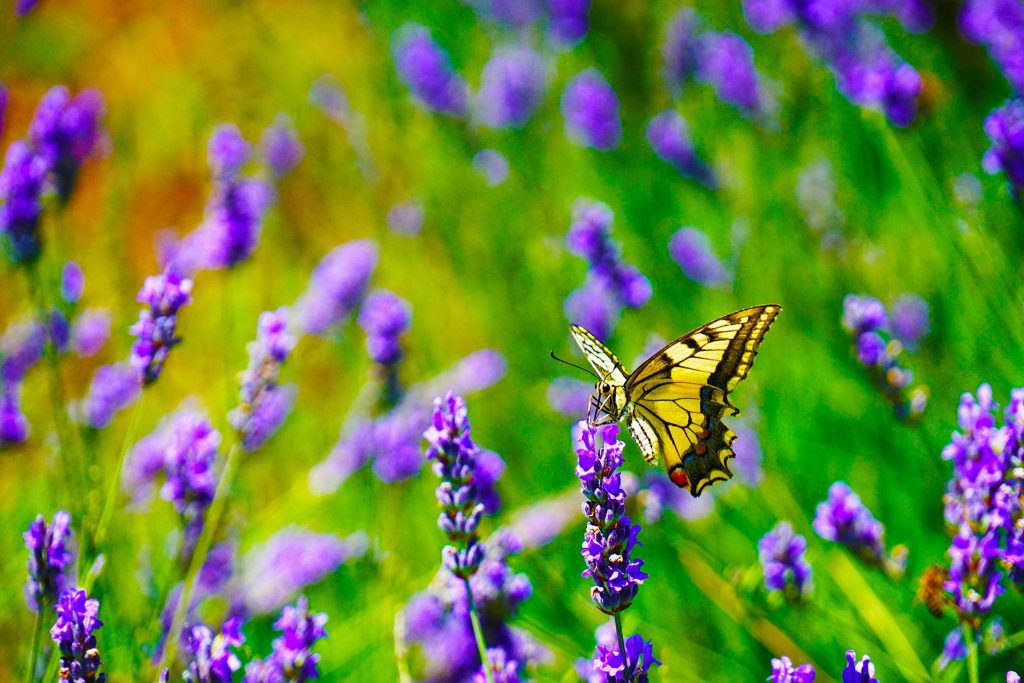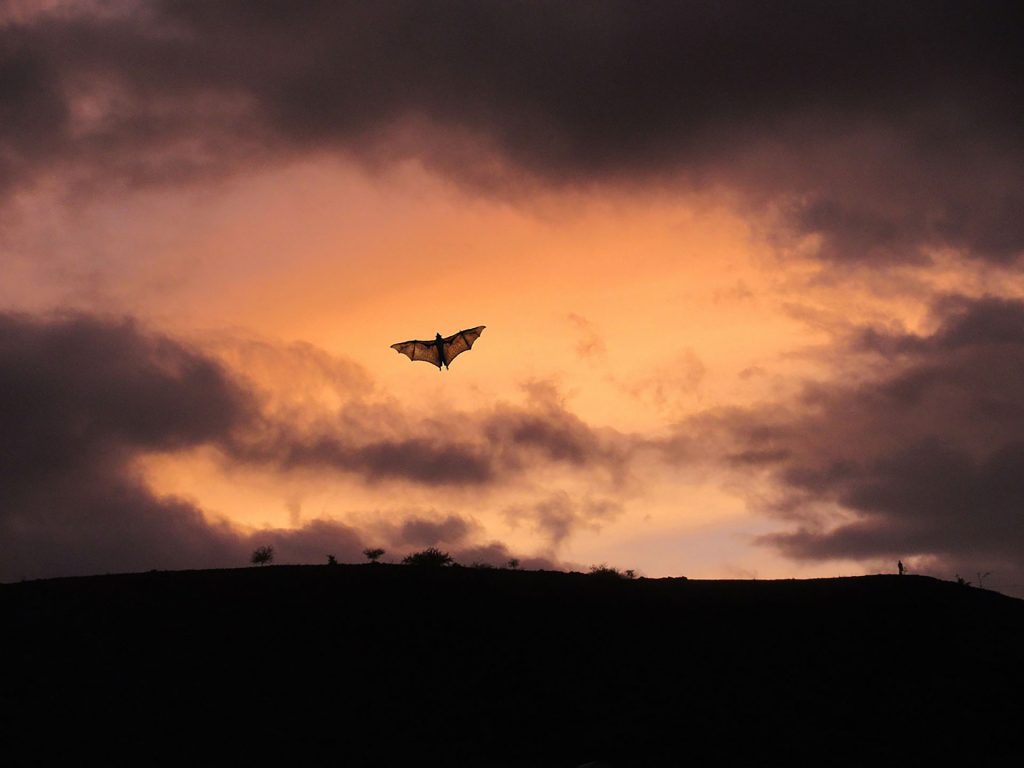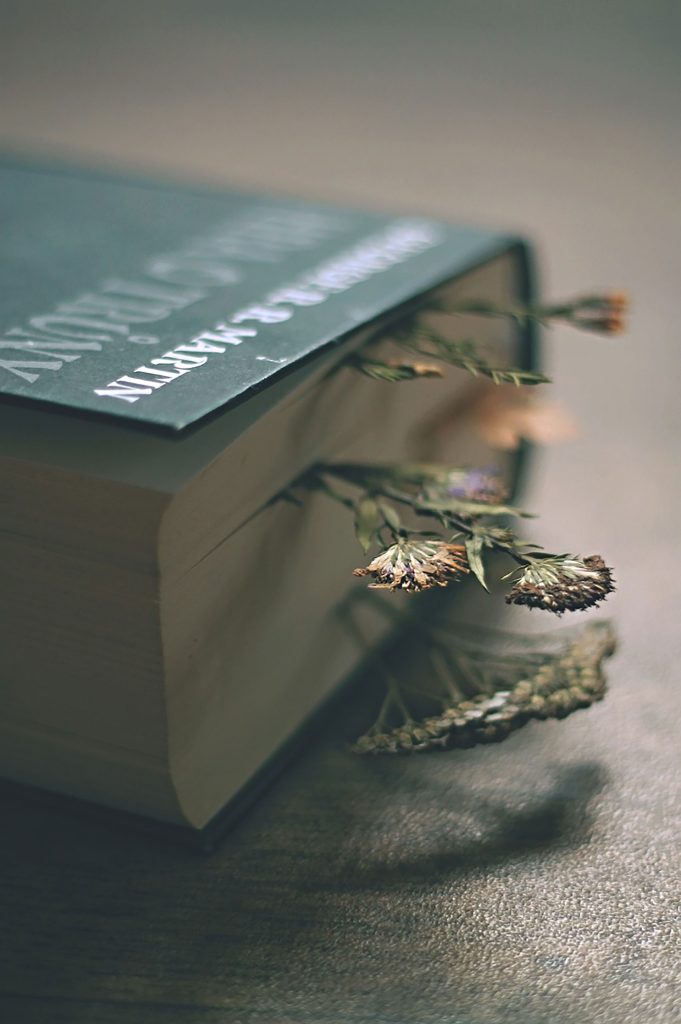Escape to Summer
Spending time outdoors is not only fun but can be educational. Connecting with and embracing the natural world fosters a deeper appreciation for the environment in which we live
Feed the butterflies
Using a butterfly feeder is a gratifying way to attract and nourish butterflies in your garden. You can make your own from a plastic plate and string or you can buy one ready-made.

Fill the feeder with a homemade nectar solution—typically a mixture of water and sugar—or use overripe fruit to draw these vibrant insects. They particularly like mashed up bananas as it’s easier for them to eat. Place the feeder in a sunny, sheltered spot among nectar-rich flowers to create an inviting habitat.
Regularly cleaning and refilling the feeder ensures it remains a safe and appealing stopover for butterflies, enriching your garden with their beauty and aiding local biodiversity.
Build a hedgehog house
Hedgehogs don’t start thinking about hibernating until the onset of autumn but the warmer, drier months of summer will give you the chance to make them a home for the winter.
You’ll need about 30/40 house bricks, a sheet of wood for the roof, and a number of logs. Start by choosing a site for their new home. Ideally, it’ll be close to a wall or a fence – anything that’s close to a garden boundary.

Dig a shallow rectangle, about two feet across and a few inches deep, and layer it with leaves and dead plants. Layer up the bricks around it, making sure to overlap the bricks to make it sturdy. Leave an opening for their entrance. Then lay the wooden sheet on top and weigh down with logs. Add more logs outside to add camouflage and leaves to attract insects.
Rockpooling

As you explore the shallow pools left by receding tides, you’ll find a hidden world of marine creatures like crabs, sea snails, and colourful anemones. It’s important to tread carefully to protect these fragile ecosystems. Always check local tide charts to ensure a safe and fruitful exploration. Rockpooling not only educates but also fosters a deeper appreciation for marine biodiversity.
Go on a beetle hunt
There are over 4,000 varieties of beetles here in the UK. Some, such as the ladybird, are easy to identify but others you may not be familiar with.
You can quickly visually identify if the insect is indeed a beetle – they have six jointed legs, and three main parts to their body – their head, thorax, and abdomen. They also have an exoskeleton. They have compound eyes and a pair of antennae. Two pairs of flight wings are often kept carefully under their hardened outer wings, which are called elytra.
Spot shooting stars

To increase your chances of seeing a meteor shower, find a dark location away from city lights with a clear view of the night sky. Check the dates of upcoming meteor showers and plan your observation accordingly. Be patient and allow your eyes to adjust to the darkness, as meteors can be faint and fleeting.
Lie back comfortably and scan the sky, focusing on the darkest part of the night away from the moon’s glare.
Go bat hunting
To spot bats, venture out at dusk near water sources, parks, or wooded areas where they are known to forage for insects. Look for fluttering movements or listen for their echolocation calls. Using a torch with a red filter can help you spot bats without disturbing them. Remember to respect their space and observe from a distance.

Spot insects after dark
There is a huge variety of creatures that are active after sunset. The darkness can make spotting them a little more difficult, especially when it comes to insects. But by using a light trap, you can familiarise yourself with the local wildlife and find out what goes on after dark in your neighbourhood.
Setting up a light trap either in your garden, or in a nearby park or woodland, is a relatively easy thing to do. Your ideal place will have plenty of trees and you should pick a night where moonlight is at a minimum. Tie a length of rope between two trees and drape an old white sheet over it. Secure the bottom of the sheet to the ground using tent pegs.
With some string, fasten the torch to the rope behind the white sheet. Then all you need to do is wait for darkness and see what insects are drawn to the sheet. You can collect the insects in jars should you wish to inspect them further but take care with them and make sure you release them.
Press flowers

Pick flowers from a place where it is permitted. When you arrive back home, open a book and line it with newspaper. Lay your flowers as flat as possible on the book, and gently close the book. Add other books on top to add weight and store in a warm, dry place. When your flowers are dry, you can remove them and glue them to some card.

